A boy’s dream and mother’s will: Why Quincy Ballard is staying with Shocker basketball
It’s hard to believe now, but Quincy Ballard was once told he wasn’t good enough on the basketball court.
Long before he dunked and blocked his way into the Wichita State record books, Ballard was cut from his school’s basketball team… four straight years in his hometown of Syracuse, N.Y.
Ballard’s love for the game of basketball is pure, even when that love has been unrequited. Being rejected was humiliating, enough to shatter the aspirations of a young boy.
For Ballard, it only made him more determined to succeed in basketball. Like a former Shockers great once did, he doubled down and bet on himself. All he’s ever asked for is a coach who believes in him and an opportunity to prove himself on the court.
He finally found that combination this past season with head coach Paul Mills and Wichita State, as he flourished into one of the nation’s best shot-blockers and rim-stuffers — a 7-foot, two-way threat who would have power-conference teams lining up for his services in the transfer portal.
Ballard spent years yearning for just a chance, which is why Mills’ trust in him this past season resonated and, ultimately, convinced him to play his final year at WSU and finish his career as a Shocker.
“I believe that nothing worthwhile comes easy,” Ballard said in a video he posted for his return announcement. “I have all of the faith in coach Mills’ plan and I will be a part of it. Because I want nothing less than to help lead this team in the right direction.”
Here’s how a boy’s dream and a mother’s will has led Ballard to breaking records in Wichita.
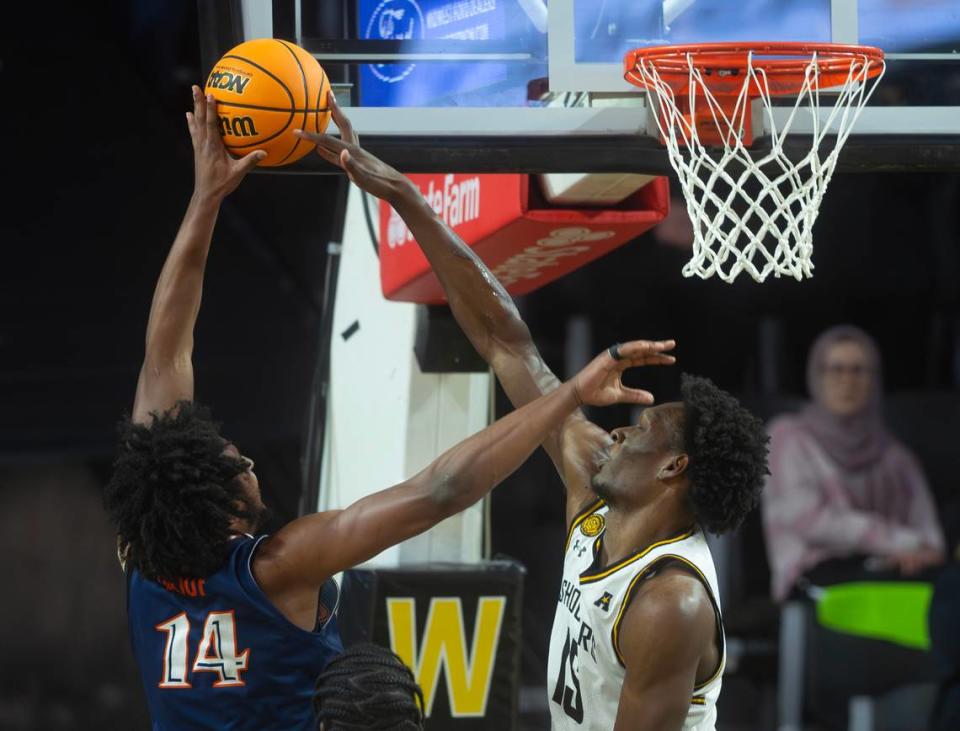
Ballard faced rejection growing up in Syracuse
Quincy Ballard has always had a laid-back personality. He’s never been one to tip his emotions on his face.
That’s why his mother, Regina, was startled on a late October day in 2016 when Quincy, then a freshman in high school, returned from school visibly distraught.
It happened again, he sheepishly told his mother, for the fourth straight year, Quincy had been cut from the team in North Syracuse Central School District.
“I’ve never seen my son so hurt in my life,” Regina said. “It broke me.”
Regina is a fiercely protective parent, prepared to do whatever to support the dreams of any of her three boys.
“Right then and there,” Regina said, “I asked Quincy, ‘What do you want?’”
The answer would change the course of both of their lives.
“I want to be a basketball player,” Quincy said with no hesitation and tears in his eyes.
“Then,” Regina answered, “that is what you will be.”
Once it was determined Quincy’s dream was in basketball, Regina and her husband, Luevell, made a series of moves to help make that a reality.
They enrolled Quincy in a new school, Henninger, right by Syracuse University’s famed dome arena and about a 25-minute drive from the family’s home in the northern suburb of Clay, N.Y.
That meant as soon as Quincy turned 16, he obtained his driver’s license to make the commute.
“I did that because I just love to play basketball,” Quincy said. “Even though I got cut back in the day, it really just motivated me to become a better player.”
Regina always believed in her son’s ability, but recognized that potential needed to be harnessed.
So she recruited a team of trainers to work with Quincy, employing a pair of former Syracuse Orangemen to help improve his game.
“Once he told me how much basketball meant to him, there was nothing that was going to stop me from getting him on the court,” Regina said. “I want my boy to have whatever he wants and I will never stop fighting for him.”
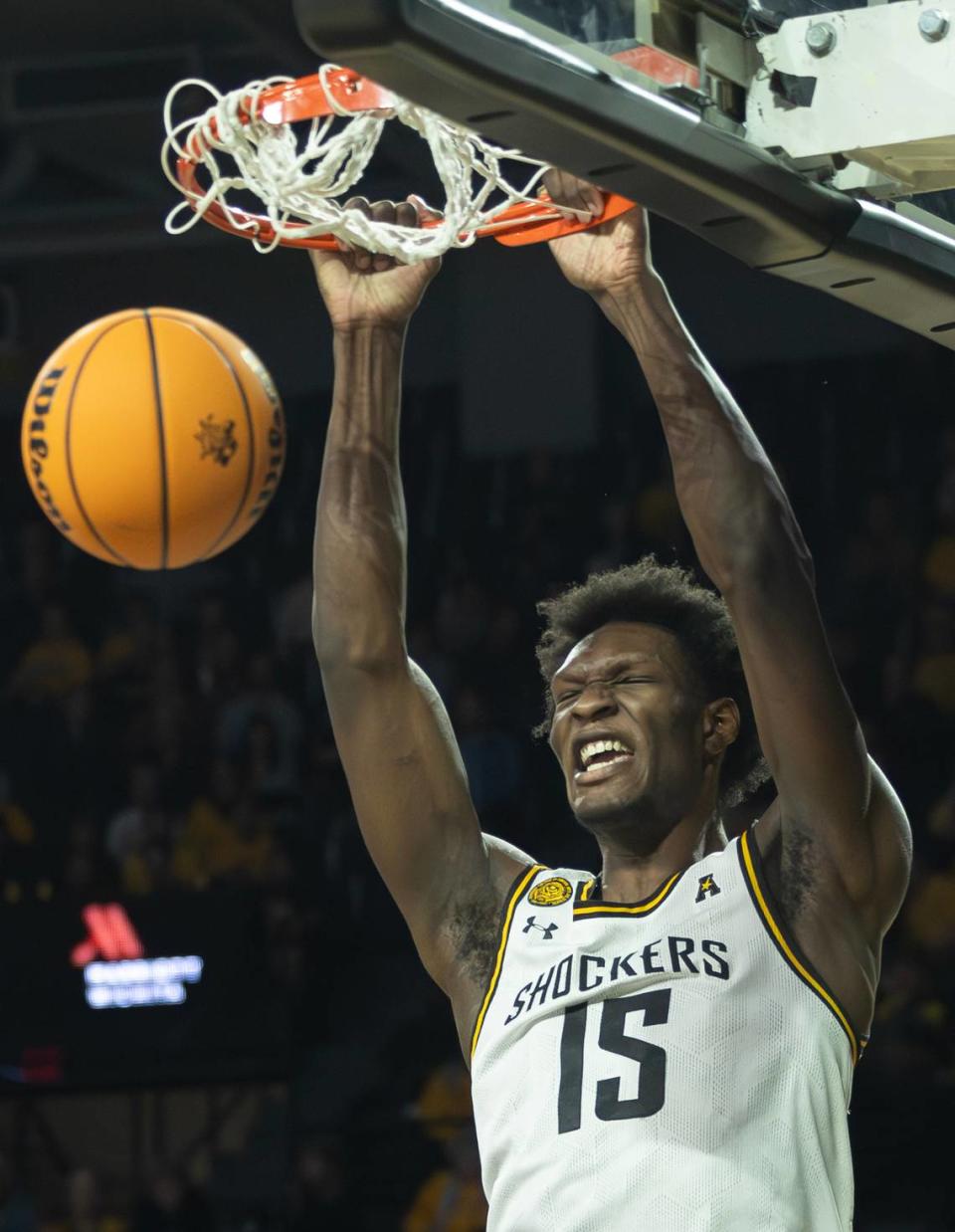
How Ballard worked on his player development
When creating a website for his basketball skills training, Billy Edelin didn’t give much thought to his contact form.
Almost all of his business came from word of mouth, a reliable method when you work in Syracuse and were a member of the 2003 national championship team with Carmelo Anthony.
So Edelin was dubious when he received an email from a woman named Regina Ballard who claimed to have a 6-foot-8 son in the ninth grade needing instruction after being cut from the school team.
“What’s the catch?” Edelin wondered. “Because something wasn’t adding up.”
It wasn’t grades. Quincy was an honor roll student.
It wasn’t potential. Quincy was unseasoned, sure, but he was 6-8 and had been dunking for years.
So what was it? The family said they were never given a specific reason why Quincy was cut year after year and declined to speculate.
“I just know they wasted our time, unfortunately,” Regina said. “No hard feelings, I just look at it as their loss because they definitely missed out on Quincy.”
Edelin could immediately tell Quincy was different from the typical tall kid who played basketball because everyone told them they should play due to their height.
When Quincy was cut, he joined a local CYO team and played in Catholic churches in a just-for-fun league designed to give opportunities for kids who were cut from their school teams.
“That’s how bad he wanted to play basketball,” Regina said.
“Do you know how embarrassing that had to be?” Edelin said. “To be the 6-8 kid walking around and everybody wondering why you aren’t playing in high school? That told me that this kid really does love the game.”
After Quincy’s first workout, Edelin believed he could attend college for free. Edelin didn’t know which level, but he knew Quincy possessed the raw potential of a college basketball player.
What struck Edelin the most was Quincy’s speed, as he was beating guards in foot races.
“What I liked about Q was that he didn’t take anything for granted,” Edelin said. “I think not having anything given to him actually was a blessing for him. It made him work that much harder.”
Regina had always been steadfast in her belief of her son’s ability, but it was different hearing a trained basketball eye gush over Quincy’s potential.
“I was excited that he was so excited,” Regina said.
Even as a sophomore, Quincy was simply bigger, stronger and more athletic than his competition at Henninger, which made his first year of competitive basketball a successful one.
So much so that Regina, always one to put her children in the best possible situation, enrolled Quincy in a North Carolina prep school, Quality Education Academy, to continue his development.
“Instead of playing eight years (of youth basketball) like most kids, Quincy was only able to play three,” Regina said. “So we had to move quickly.”
Now he just needed to get noticed.
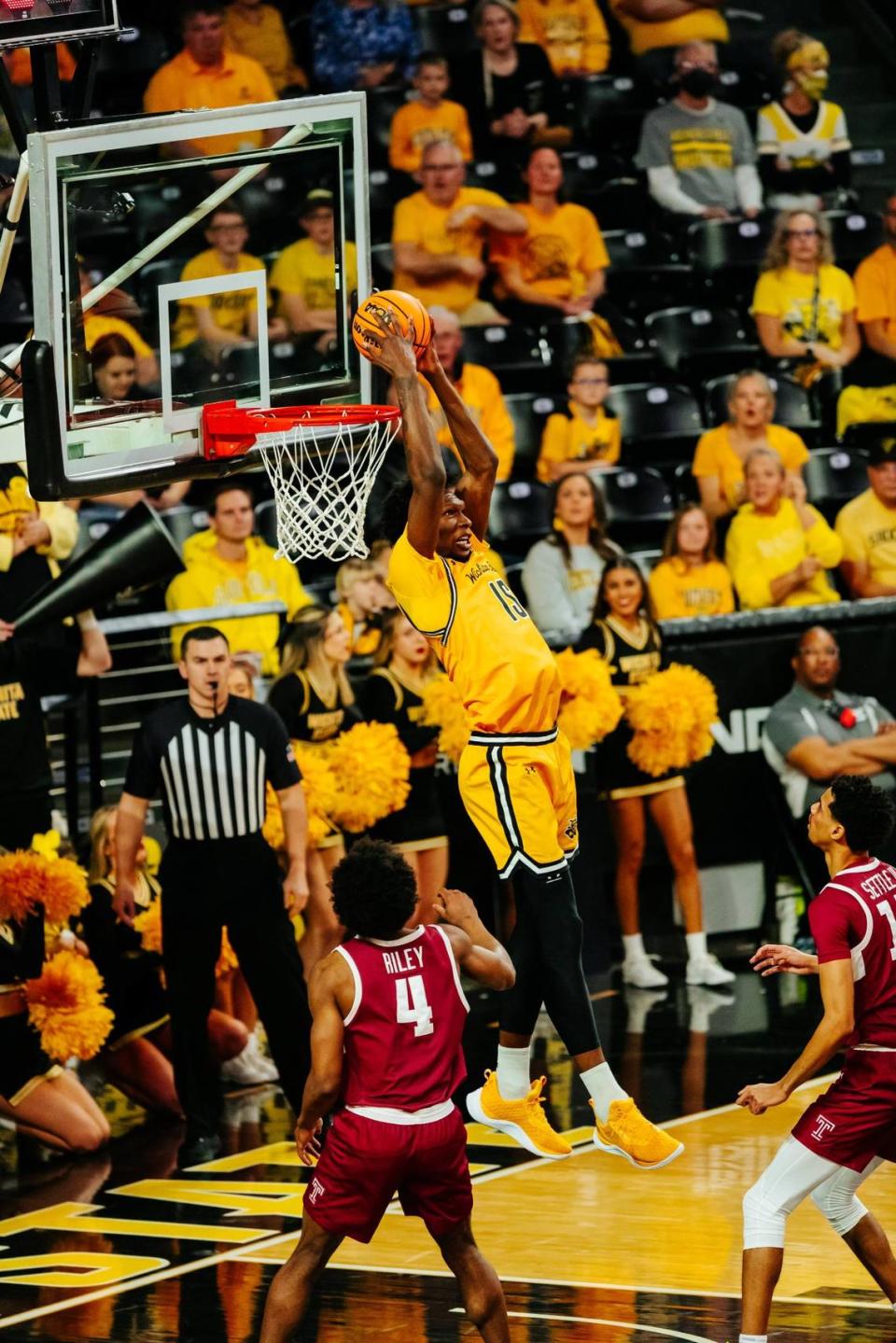
The tournament where Ballard’s recruiting exploded
The tournament that changed the trajectory of Quincy’s life was the Phenom Hoop State Championship, played in Lincolnton, N.C. in March 2020.
College scouts had lined the building to evaluate Isaiah Todd, a 6-foot-9 prospect who was being hailed as the No. 1 recruit in the country for the 2020 class.
But it was Quincy who captured the spotlight with his highlight-reel blocks and dunks.
“By the time I got to the airport,” Regina said, “my phone was blowing up.”
In one weekend, Quincy went from completely off the radar to being offered by major-conference programs like Syracuse, Florida State, North Carolina State and Maryland on a whim.
The attention became so overwhelming that Regina shut off her phone. Undeterred, college coaches began bombarding Edelin with questions about Quincy.
“Kevin Keatts (NC State coach) hit me up and was like, ‘What’s the catch?’” Edelin said. “I had to explain to him, there ain’t no catch. He’s really like that.”
Quincy’s dream college was Syracuse, but in the end, he valued coach Leonard Hamilton’s reputation for developing bigs at Florida State and committed to the Seminoles in a whirlwind recruitment.
Even at the ACC level, Quincy’s athleticism in a 7-foot frame stood out.
“He would go to halfcourt, take two dribbles and go through the legs and make it look effortless,” Edelin said. “It’s not that he could do it, it was how easy he did it.
“Leonard called me later that year and said, ‘I coached in the NBA and I’ve never seen a big dude do some of this stuff.’ For a kid who never played (organized basketball), you would expect Quincy to be uncoordinated. But there’s not too many bigs in the NBA who can do some of the things he can do.”
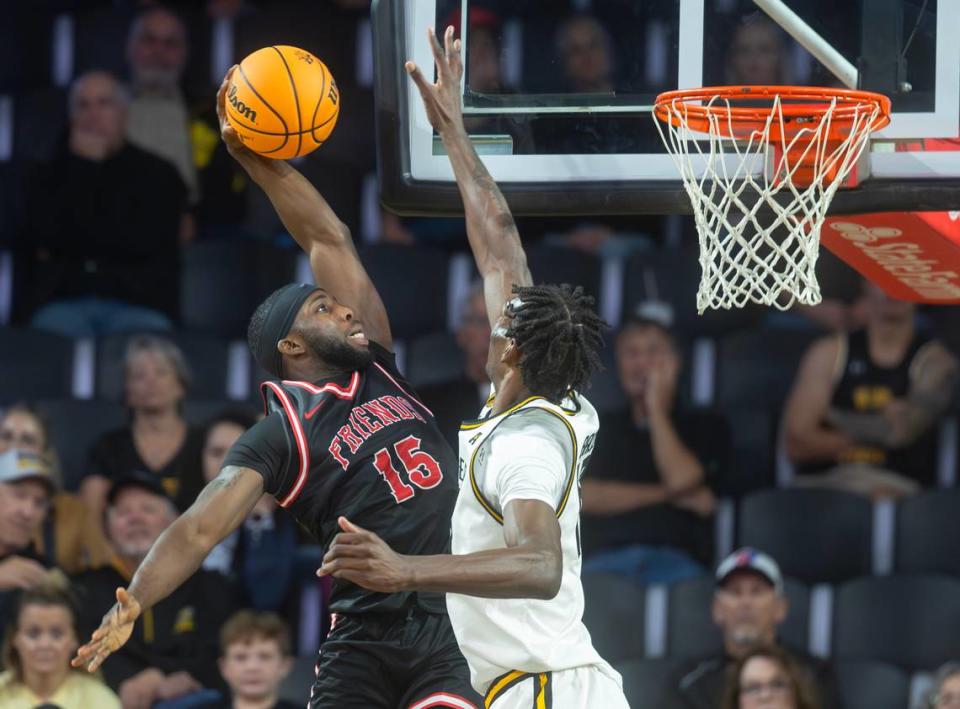
Visual learning aided Ballard in WSU growth
Attending Florida State proved to be a blessing and a curse.
He received excellent tutelage during his time in Tallahassee, but hardly any playing time to showcase it on the court. In two seasons with the Seminoles, Quincy played in a total of 147 minutes.
“I just needed a chance, I’ve been saying that for a long time,” Quincy said. “I just had to trust the process. I never really gave up on trying to get better.”
For his next stop, Quincy prioritized playing time and he was intrigued enough by Isaac Brown’s pitch to choose WSU over Syracuse, his hometown team.
Right when Ballard was beginning to take off in his first year with the Shockers, he suffered a back injury that shut him down for the season in December.
“Quincy is the type of learner where he has to be on the court,” Regina said. “He’s a visual learner. He has to see it first. So he just needed time on the court.”
When the new coaching staff took over at WSU, assistant coach Quincy Acy, who played nine seasons in the NBA as a big man, immediately took an interest in the development of Ballard.
It didn’t take long for him to figure out Ballard’s learning style.
For about a week straight, Acy tried to tell Ballard about the importance of spacing along the baseline to give the guards room to finish at the rim and not clog the lane. For about a week straight, Acy felt like the message wasn’t being received.
The next week, before practice, Acy used blue tape on the court to mark the space along the baseline where Ballard needed to roam. He labeled it the “Q” box and by the end of the practice, Ballard was spacing exactly how the coaches desired.
“My mother has been a teacher for 30-plus years and she’s always said there’s multiple kids in each classroom and they don’t all learn the same way,” Acy said. “I have three kids of my own and they all learn differently. That’s all it is and that’s all it is with Quincy. He’s a sponge who is eager to learn.”
When doing his due diligence after taking over the program, Paul Mills kept hearing how Ballard struggled in his first year at WSU to remember play calls.
He said that couldn’t be further from the truth in his experience working with the 7-footer.
“When you show Quincy stuff, it’s pretty quick when that thing gets solved,” Mills said. “It doesn’t take him long to grasp things and understand it once he sees it visually. He’s really improved on the angle of his screens and his spacing. I’ve been very pleasantly surprised with just how quickly he picks things up.”
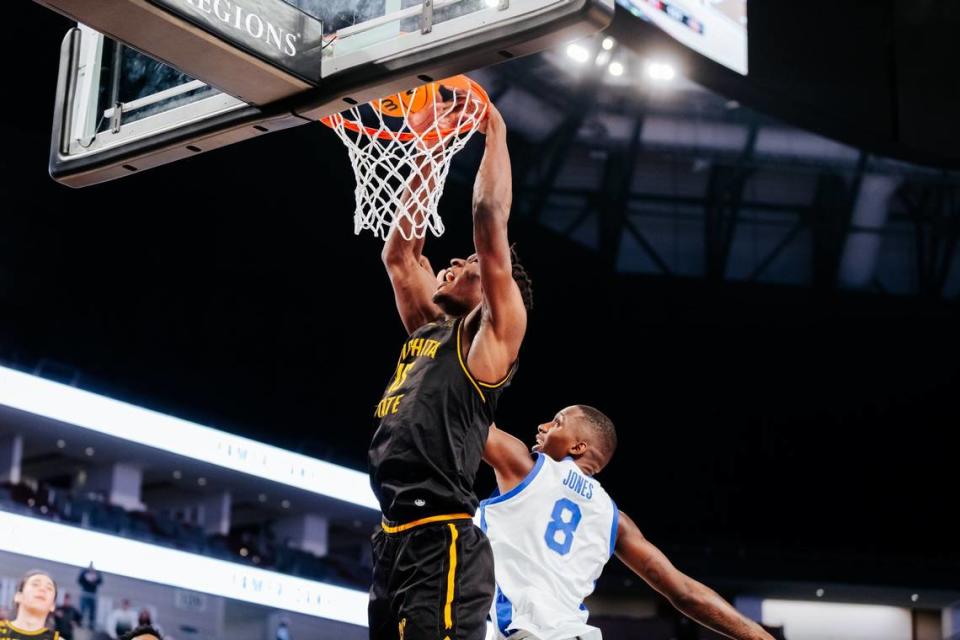
The stats behind Ballard’s breakout season with Shockers
Ballard thrived in his first season of actually playing at the Division I level.
He made 71.9% of his shots, which shattered WSU’s program record for field goal percentage in a season by a full 10%, topping the previous record of 61.6% set by Steve Grayer in the 1987-88 season. More than half of his field goals came on dunks, and his 58 slams broke Antoine Carr’s 44-year-old program record for dunks in a season.
He averaged 7.4 points, 6.0 rebounds and 2.2 blocks, while his 74 total blocks were the most in a season by a Shocker in 62 years — ranking only behind Gene Wiley’s 1961-62 record of 80 blocks.
“That’s why I try to make it to as many games as I can,” said Regina, who still lives in Syracuse. “I always tell people I’m going to see a magic show because that’s what it is.”
Mills said after a January game where Ballard had seven blocks, East Carolina coach Mike Schwartz told him there was no equivalent to Ballard in the AAC.
Being a new coach in the league, Mills reserved comment at the time. By the end of the season, Mills had reached the same conclusion about Ballard’s game-altering presence in the paint.
“After going through the league, I agree,” Mills said. “There really is nobody like Quincy.”
Some of WSU’s best highlights this season came on alley-oops to Ballard, who had 17 of his 26 alley-oop dunks supplied by point guard Bijan Cortes.
“That’s my guy,” Cortes said of his connection with Ballard. “No one can jump with Q, I always tell him that. If you can make two guard you, then really I just have to throw it up there wherever and he’s going to make a play.”
There’s still so much of Ballard’s game that can be refined with another year of college, another year of working with Acy and, more importantly, another year of playing extended minutes.
Ballard has already proven to be an elite vertical threat in the pick-and-roll game, but he plans on working this offseason on improving other aspects of his offensive game. There’s always room for improvement on setting screens, understanding angles and spacing when he’s not involved in the main action.
He has impeccable timing on his blocks, but there are times where he chases them a bit too much and leaves his team vulnerable underneath for the rebound.
Those are all technical things that can be learned. Ballard has the things you can’t teach.
“He’s got an NBA body and skill set,” Acy said. “Now it’s all about his mentality. It’s about knowing the angles on screens, knowing when to roll, knowing when to attack, knowing when to post up. There’s a lot of nuance in becoming a professional big, but he’s slowly getting there.”
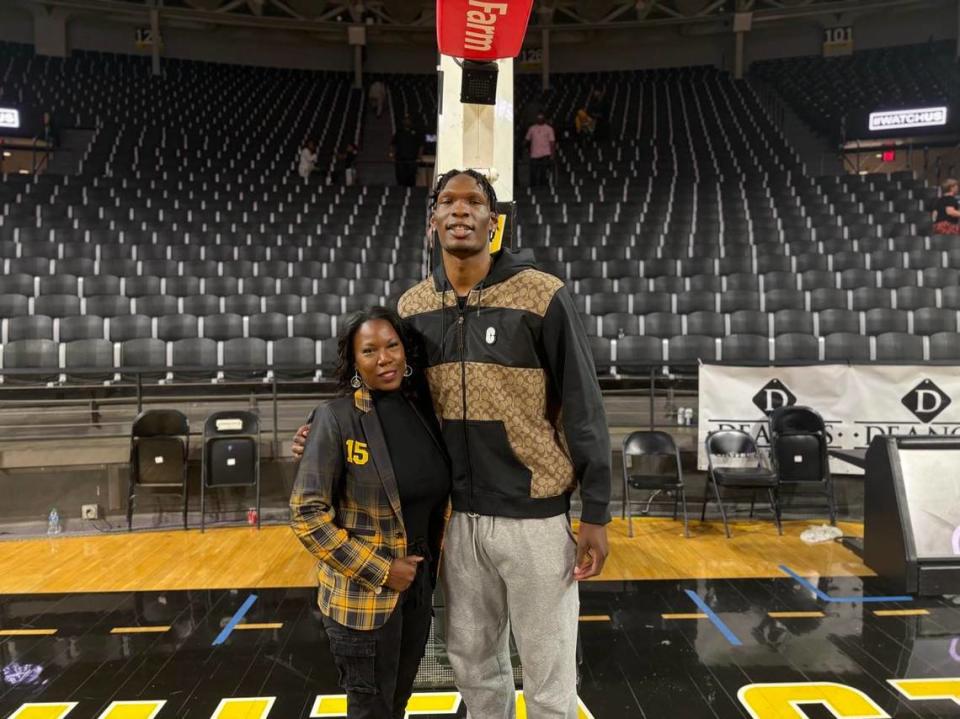
How mother’s love pushed Ballard to success
Back in Syracuse, Billy Edelin is working with a 12-year-old these days who is bigger than his peers and was cut from his school team.
Sound familiar? Edelin thought so too.
When Quincy was back home recently, Edelin set up a meeting between him and the boy. Edelin smiled when Quincy told him to not slouch and be proud of standing tall, a phrase he often heard Regina tell Quincy all those years ago back in the very same gym in Syracuse.
“This kid sees Q in himself,” Edelin said. “Now he wants to start lifting weights and get in shape and he wants to put the work in. He sees what Quincy is doing and that’s inspired him to have a work ethic now.”
Quincy is a strong and silent type, not one to talk often about his feelings. But it’s clear there’s still a residual effect from being cut four straight times from his youth, an unwanted feeling he’s bottled up and used as motivation for his current success.
“I still think about that all the time,” Quincy admitted. “I think about how I got to where I am today. It’s definitely a memory I still carry with me.”
It’s not an entirely negative memory, however. He chooses not to focus so much on being cut, rather than remember the incredible amount of support, love and faith he received from his mother during the most trying time of his life.
“My mom is like my best friend,” Quincy said. “I can tell her about everything and she understands. That love, it means a lot and I know she’s sacrificed a lot for me and that motivates me to want to give back to her.”
After games at Koch Arena this season, Regina will come over to Quincy’s apartment and the mother and son will watch a replay of the game together.
She knows she’s not a basketball coach. She’s not going to tell him anything that the WSU coaches haven’t already dissected on film.
But without fail, Quincy will sit there with his mother and listen to her feedback after every single game.
Those are the moments, just the two of them, she will cherish more than any of her son’s jaw-dropping physical accomplishments on the court.
“I mean, how cool is it that he’s willing to do that with his mom?” Regina said. “I believed in my son, but Quincy is the one who really believed in me. He believed in the things I was saying and trusted the help I tried to give him.
“That’s why I overload him with so much support and every time I step in that arena, I scream at the top of my lungs when he walks out because I want him to know I’m right here supporting him. I just love that kid.”

